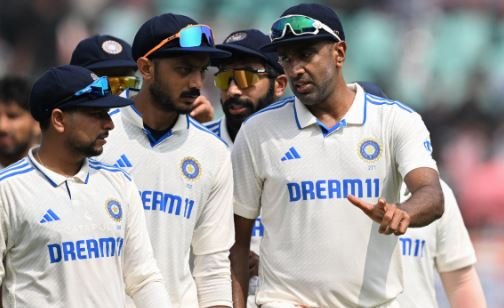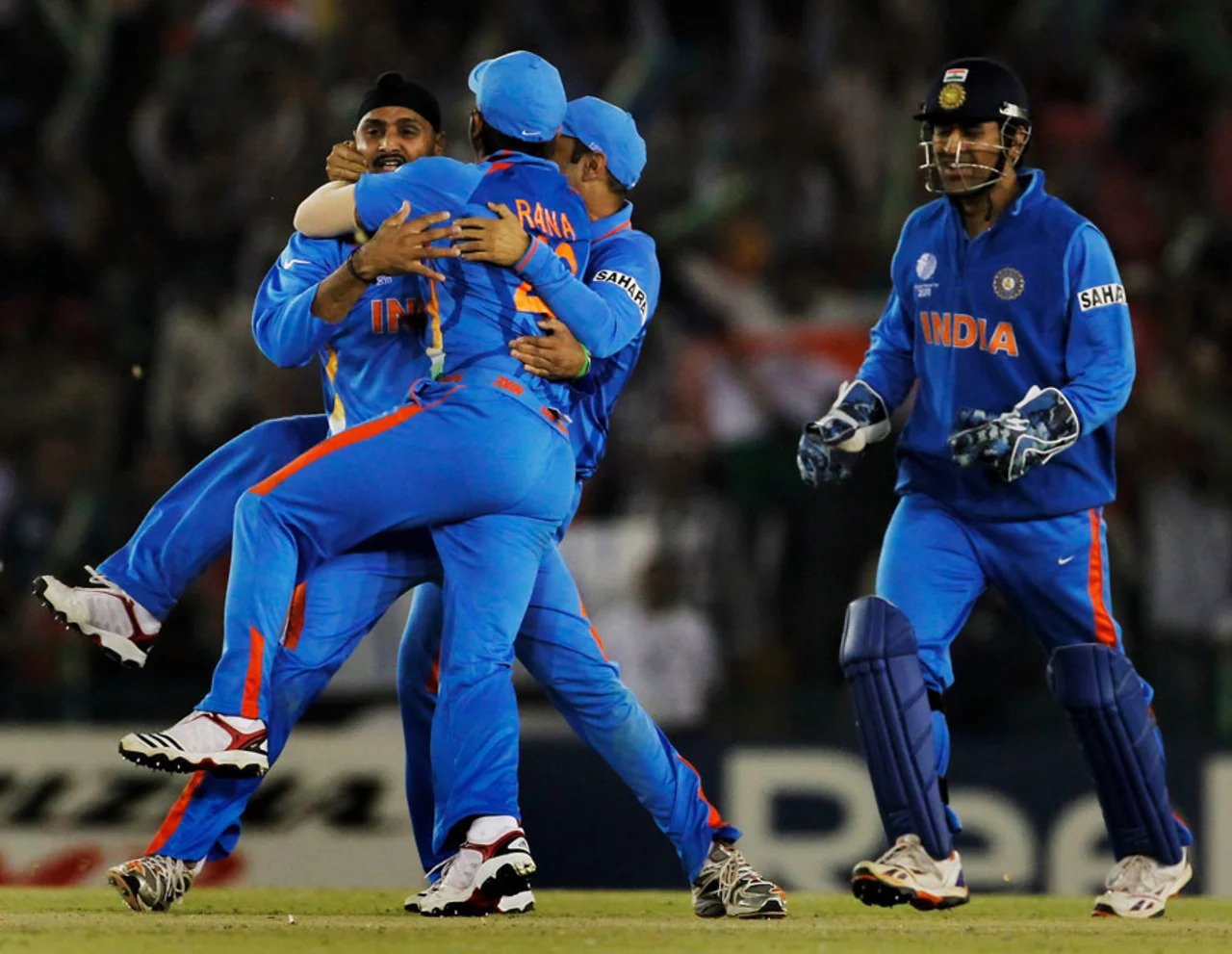Can India’s batsmen overpower England’s spinners to rebalance the odds in their favor?
They’ve done it before, but this time they’ll need to do it as a shifting batting order gets established.
Kuldeep Yadav, Axar Patel, Ravindra Jadeja, and R Ashwin.
Joe Root, Jack Leach, Rehan Ahmed, Tom Hartley, and Shoaib Bashir.
This India-England series began with 849 wickets at a combined average of 23.35 from one of these spin attacks, and 191 wickets at a combined average of 36.83 from the other.
One of them has taken 33 wickets at 33.90 in the first two Tests of the series, while the other has taken 23 at 38.39.

Given how severely India’s spinners had outperformed their opposite numbers throughout their ten years of home supremacy prior to this series, it’s one thing that the averages are thus close to each other. The fact that those averages are reversed is a whole different story.
In an Indian Test series, the visiting spinners have outperformed the home spinners collectively for the first time since England’s 2-1 victory in 2012–13. This is a stunning fact in and of itself, and even more so when you realize that the four England spinners with the most overs this series are made up of one part-timer and three bowlers who came to these shores having bowled one Test match between them.
Though there are still three Tests to go, England will be aware that recent visiting attacks have begun series similarly. During their respective tours, Australia in 2016–17 and England in 2020–21 both won the first Tests before losing the second. After those second Tests, when the visiting spinners equaled or, in Australia’s case, exceeded the home spinners’ average, India’s spinners went on to dominate the rest of those series.
An India tour is a test of endurance for international spinners as much as technique. Given that Leach, their most seasoned spinner by far, is sidelined for the remainder of this series, England’s attack should be prepared to learn just how difficult life can be in India.
FORTUNE FAVOURED ENGLAND?
There’s also good reason to think that luck has played a big part in England’s results thus far. While India’s batsmen have outperformed their English counterparts in terms of control percentage against spin, they have also made far more mistakes. While England’s batsmen have averaged 12 incorrect shots per dismissal, India’s batsmen have lost their wicket almost one in every eight erroneous shots.
Long series tend to level out luck, but thus far in this one, India seems to have contributed to their own bad luck by failing to convert their control into dominant positions.
None of their top five batsmen were dismissed by the conventional methods of bowling, LBW, caught by keeper, slips, or bat-pad on the second day of play in Hyderabad. Instead, a number of their players were out to attacking strokes against spin. The head coach of India, Rahul Dravid, identified a particular play sequence as being crucial to their inability to turn a commanding lead into a lead they could not relinquish. India had a 190 run advantage in the first innings, which was a difficult task to overcome, but Ollie Pope might still have an innings of a lifetime.
“I thought we left probably 70 runs on the board in the first innings,” stated Dravid. “You know, I believe that we had some good beginnings in our early innings when the weather was favorable for batting on day two, but we weren’t really able to capitalize on those opportunities. We didn’t receive a hundred, that’s right, nobody received a hundred and fifty dollars for us. Therefore, I thought that in some ways, we in India simply left those 70–80 runs behind in the hut during the first innings.”
Into the second Test in Visakhapatnam, there was still the sense that India was letting scoring runs go unaccounted. Their total was slightly shy of 400, but five of their top six reached above 20 in their first innings, and one of them achieved a double hundred. With six wickets remaining in the second innings, India was 354 ahead of England at one point, but they again failed to reach their target of 400.
There were several bizarre, difficult-to-describe dismissals throughout both innings. Axar and KS Bharat produced uppish square cutters that went right to backward point in the first session, while Rohit Sharma flicked an offbreak straight into the lap of leg slip. Soon after achieving his century in the second innings, Shubman Gill gloved a reverse-sweep, and Bharat plucked a long-hop right into the palms of midwicket. All those shots carried a certain degree of risk since spinners could occasionally get the ball to stop and bounce strangely on that Visakhapatnam pitch.It was difficult to determine if each hitter made a poor shot selection, mishandled a good shot, or just happened to hit a ball that spun or bounced a little bit more. All together, they painted a picture of a lineup that, for the second straight game, was unable to capitalize on a weak offense or bat their opponent out of the game.
When a batting lineup loses key players, it can occur. The Indian team appears to have entirely moved on from Cheteshwar Pujara and Ajinkya Rahane, and Virat Kohli is out of the entire series. Only three of the top six players had participated in more than 30 Tests when the series started, and KL Rahul and Jadeja, two of those players, were injured and missed the second Test. Even the more seasoned batsmen who have played in this series are adjusting to their new positions: Axar in Visakhapatnam was assigned to bat in the top six for the first time, while Rahul and Gill are still unfamiliar with the middle order.
The only red-ball cricket these players have played recently is the Test series in South Africa at the beginning of the year, which was played on opulently seam-friendly grounds where they didn’t have to face a single ball of spin. Meanwhile, the majority of these players are regular white-ball players. Therefore, it is not surprising that these batsmen have been a touch rusty when it comes to taking advantage of inexperienced spinners for session after session, ensuring that runs are scored consistently while minimizing risks such as striking the ball in the air or sweeping from the stump line.
When watching Indian hitters, fans frequently take this skill for granted, but like any other skill, it requires regular honing. In the run-up to the third Test in Rajkot, India is undoubtedly putting a lot of effort into it in the hopes that their hitters may contribute to leveling the playing field between the two spin assaults.





